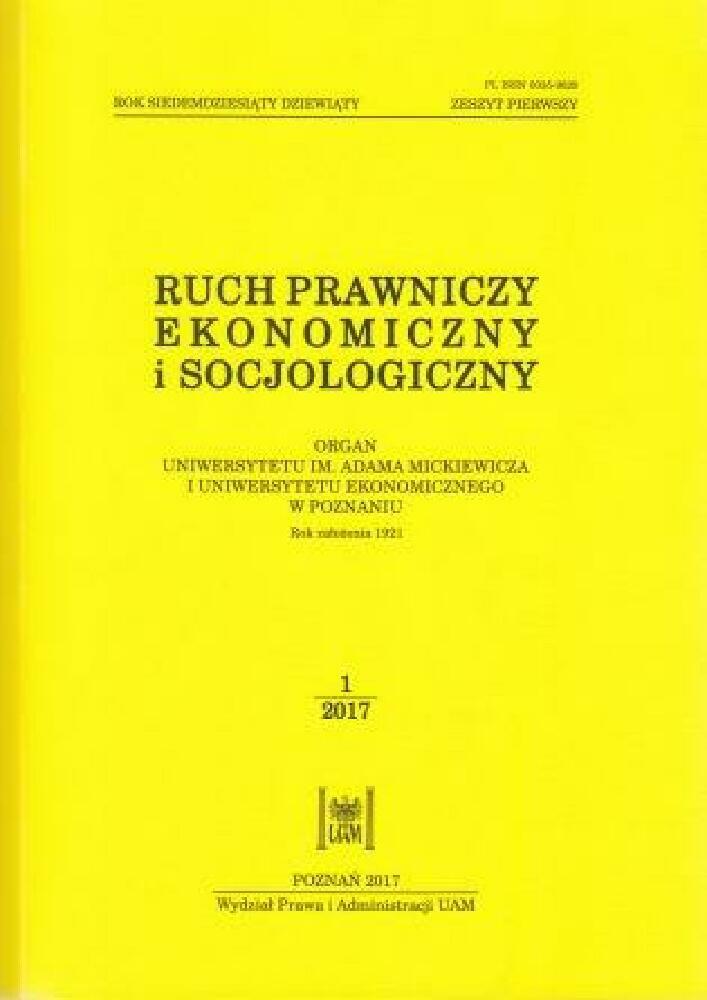Abstract
of subsidiarity. The hierarchical vision of a State (they on top we at the bottom) must be replaced with a totally different idea of the essence of the State. This vision may be better illustrated by a horizontal arrangement of concentric circles with a citizen in the epicentre. Such a point of reference puts the territorial government, and the gmina (commune) authorities in particular, as well as non-governmental organisations in a different position. The latter are becoming an inseparable element of a civil state as they always operate in direct proximity to the citizens who form them. NGOs are citizen-based organisations very well known to us, which reappeared in Poland in the mid-1980s of the twentieth century, after their enforced absence during the time of real socialism. The break in civilisation that Poland experienced as a result of the Second World War is responsible for the fact that in broad social circles, organisations such as foundations continue to raise suspicions, which is used by these politicians who feel more comfortable with the vision of a centralised State of the previous epoch.References
http://www.kson.pl/attachments/article/1436/PolskieOrganizacje2015.pdf.
Jan z Salisbury (2008), Policraticus, Lublin.
Konstytucja 3 maja (Rozdział IV: Chłopi włościanie).
Mistrz Wincenty (1996), Kronika polska, Ossolineum.
Prawo o stowarzyszeniach z 1932 r., Dz. U. Nr 94, poz. 808.
Regulski, J. (2014), Życie splecione z Historią, Ossolineum.
Sieyѐs, E.-J. (2016), Esej o przywilejach, Warszawa.
Tołstoj, L. (1954), Anna Karenina, tłum. K. Iłłakowiczówna, t. 2, PIW, Warszawa.
Ustawa z 6 kwietnia 1984 r. o fundacjach, Dz. U. 2016, poz. 40.
Ustawa z 7 kwietnia 1989 r. – Prawo o stowarzyszeniach, Dz. U. 1989, Nr 20, poz. 104 ze zm.
License
Copyright (c) 2017 WPiA UAM

This work is licensed under a Creative Commons Attribution-NonCommercial-NoDerivatives 4.0 International License.




